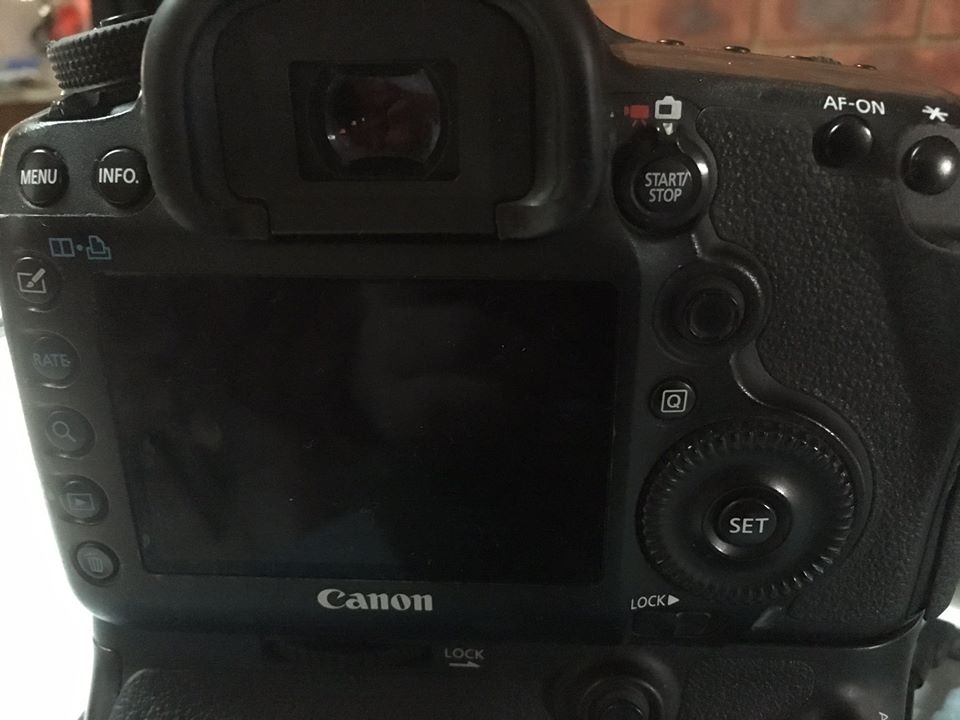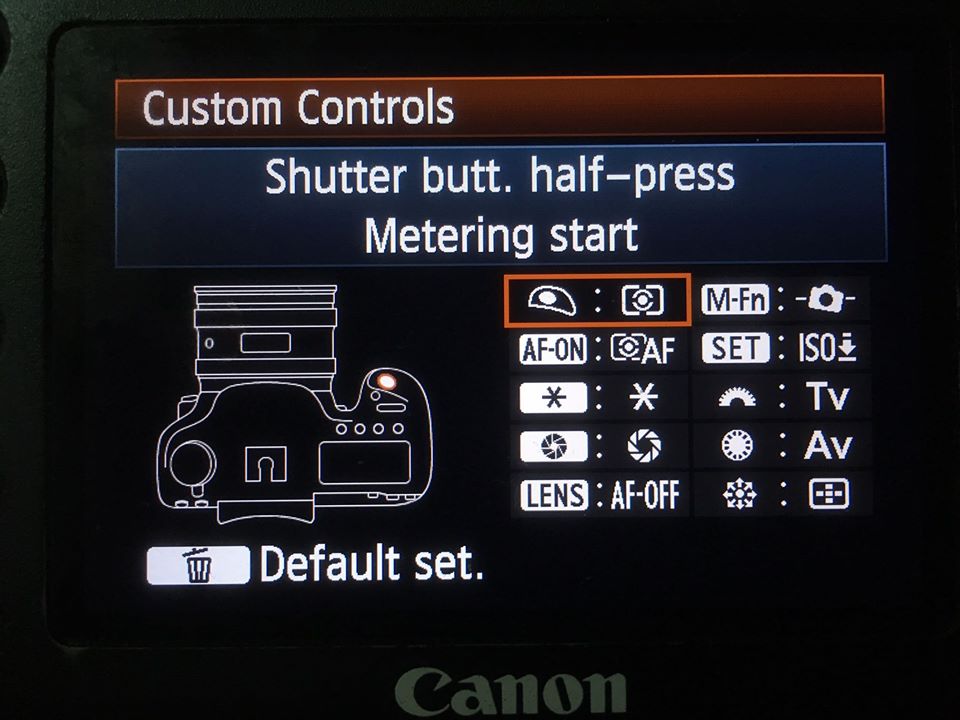There’s a lot of complicated stuff in photography, but the action of pressing the shutter button to take the photo is pretty simple: press the button, the camera focuses and the photo is taken. You might be surprised to learn that even with something that simple there’s a better way.
For the last few years, any camera I’ve owned has been adjusted so that when you press the shutter button, it doesn’t activate the auto focus. Knowing this, you might expect that you would look through my photos and see lots of blur or maybe you think that I use manual focus all the time. You’d be wrong on both counts.
All I’ve done with my camera is change the button which triggers the autofocus mechanisms. I’ve moved that control off the shutter button and onto a “AF-ON” button that’s on the back of my camera (hence the term “back button focus”, aka BBF).


So most people would normally shoot like this:
- half-press shutter button to lock the focus
- (optional) move the camera to re-frame the photo
- fully press the shutter button to take the photo
For me the process is this:
- tap the AF-ON button until the focus is locked on the subject, then release it
- (optional) move the camera to re-frame the photo
- fully press the shutter button to take the photo
At first glance, that seems like a pretty minor change and you might say I’ve made the process of taking a photo more complicated for no reason.
However, consider the situation where I want to take 3 photos of the same object, but with slightly different framing. I can do this:
- press the AF-ON button to lock the focus and then release it
- move the camera to re-frame the photo
- fully press the shutter button to take the photo
- move the camera to re-frame the photo
- fully press the shutter button to take the photo
- move the camera to re-frame the photo
- fully press the shutter button to take the photo
Because I have autofocus on a separate button, I didn’t have to go and re-lock the focus each time. Normally pressing the shutter button for the second and third photos would cause the auto-focus to kick in again, but I didn’t have to worry about that. Once I let go of the AF-ON button I knew that nothing would cause the camera to change the focus. I could then proceed with shooting the 3 photos knowing they would all have the exact same focus.
This gives me more control over my camera. Whereas a camera normally has to fuss about focus each time I press the shutter button, I can precisely control when the camera tries to focus and when it just gets on with shooting. If I want to focus, I press AF-ON. If I want to just shoot, I press the shutter button.
As I’m mostly a portrait photographer, it makes sense that I wouldn’t want to re-focus if my subject hasn’t moved. What if you’re a landscape photographer who uses a tripod?
Landscape photographers might be in the habit of half-pressing the shutter button to acquire the correct focus and then flicking the lens from AF to MF to ‘lock’ that focus for all of the photos they’re going to take. If you’re using ‘back button focus’, you don’t need to do that: you just press your back button to auto-focus, then you leave it. You can shoot, shoot, shoot and not worry about focus until you want to hit the back button again to change it. If you want to tweak focus manually, you can now do that without having to worry about the next shutter press changing the focus. You never have to flick the lens to MF so you’ll never forget to flick the lens back to AF after the shoot.
What if you’re a sports photographer, where you’re shooting moving subjects and you have auto-focus working constantly to track your subject? Using back button focus to lock the focus seems a bit pointless then doesn’t it?
Not really. As with the other examples, you now get to choose when you activate auto-focus. If your subject is moving, you hold the AF-ON button down to track your subject and you shoot-shoot-shoot. When your subject stops moving, you can release the AF-ON button and take shots while they are stationary. Then when they start moving again, you hold the AF-ON button again to track them and shoot.
I’ve even heard some suggest that you leave the camera in that sports focus mode all the time, even when shooting stationary subjects like landscapes or portraits. You can still shoot and re-frame without worrying about focus changing as long as you don’t hit the AF-ON button. If your subject happens to unexpectedly jump up and start running away from you, you can immediately start tracking them with the AF-ON button held down.
Back button focus is all about giving you more control. The actions of focusing and shooting are separate so in some ways it doesn’t make a lot of sense for them to both be controlled with the same button. BBF gives you one button for focus and another button for shooting and with that extra control, you’ll shoot with more confidence.
If you’d like to know how to setup BBF on your camera, just google for “back button focus” and your camera model and you’ll probably get a bunch of pages describing the setup process. Just be careful when you first set it up – you don’t want to forget you’ve done it and then go out to take a bunch of blurry photos the next time you shoot. I recommend starting with a day of practice shooting something unimportant to get used to it. In my experience, people who spend some time getting used to it find that they love it and vow never to go back to the old way.
